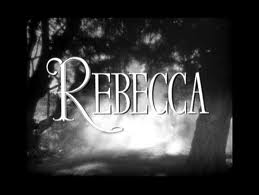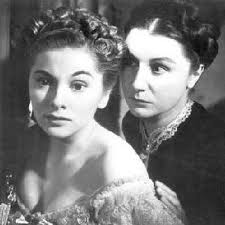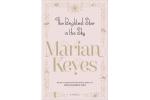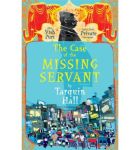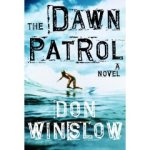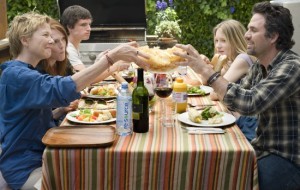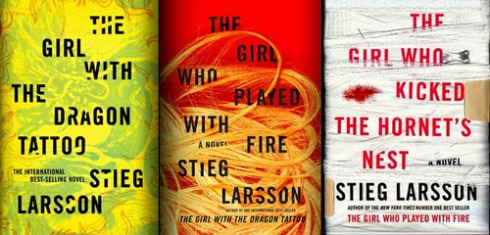Except not really because I would probably be absolutely petrified, have a heart attack, and die. If you are completely lost, the title refers to the first and very well-known line from the eerie Rebecca by Daphne Du Maurier. My first experience with Rebecca was as a child when I first watched Hitchcock’s interpretation with Joan Fontaine and Laurence Olivier. I’ve seen it half a dozen times, more recently two months ago. I finally picked up a copy of the book at the library the day before Thanksgiving and devoured it as it rained outside, which, I have to say, is pretty much perfect reading weather but is certainly perfect Du Maurier reading weather.
The unnamed narrator, a young, unworldly woman, meets Maxim de Winter in Monte Carlo while acting as a companion to Mrs. Van Hopper, an older, wealthy, prattling woman. Mrs. Van Hopper refers to some sort of awful tragedy Mr. de Winter has endured (she seems to know everything about everyone), but our narrator doesn’t pry. Mrs. Van Hopper becomes ill, and the narrator finds herself more and more in the company of Mr. de Winter, an inscrutable but fascinating older man.
All too quickly, the holiday in Monte Cristo comes to a close, but Maxim refuses to let the naive young narrator sail off into the sunset. No, there is a much-less-happy-ending in the narrator’s future. The couple goes to Manderley, Maxim’s estate, and the young companion has no idea how to run a household, much less a household as large as Manderley. She meets the household staff and quickly learns Maxim goes about Maxim’s business while she is left to her own devices.
Mrs. Danvers, the housekeeper, conspicuously brings up Rebecca (the first Mrs. De Winter) in conversation, referring to how Mrs. DeWinter did this and how Mrs. DeWinter did that, leaving the narrator feeling more insecure and less able to learn how to adjust to her new home. Mrs. Danvers tempts the narrator with discussions of Rebecca’s rooms, the best in the house. When the narrator walks through the grounds, she looks up and curtains in Rebecca’s old room part to reveal Mrs. Danvers, ever watchful. Let’s stop there. Mrs. Danvers is easily one of the most spooky characters I have ever read about or watched in a film. Her obsession with Rebecca and her obvious distaste for the new Mrs. DeWinter verges on demented. This is one twisted housekeeper, and you should be very, very afraid.
As for Maxim, he is gone quite often and has turned sullen and standoffish inside the walls of Manderley. His moods are inconstant; he treats the narrator like a young girl (which drove me nuts). In the face of near insurmountable evidence, the narrator naturally believes he is still in love with the dead Rebecca. She begs him to host a ball for the neighbors, a costume ball, and Mrs. Danvers suggests what the narrator should wear. The tension mounts until the night of the party, and then there is all sorts of action. Who was Rebecca, and what happened to her?
I will leave you hanging here because I don’t want to spoil anything. Plus, I think every blogger is owed several “Go read this book right now” statements throughout the year, so I’m calling in my first. Go read this book. Second, watch the movie. Third, come back and thank me, and we can talk. Need some more reasons? Spooky house? Check. Crazy housekeeper? Check. Dead wife? Check. Now go.
If you’ve read it, have you seen the movie? I seriously felt as though it played in my head the entire time. Hitchcock, of course, is a genius, but this film is truly a work of art and an excellent, excellent adaptation. What did you think? Rebecca truly made me want to devour everything DuMaurier has written.

